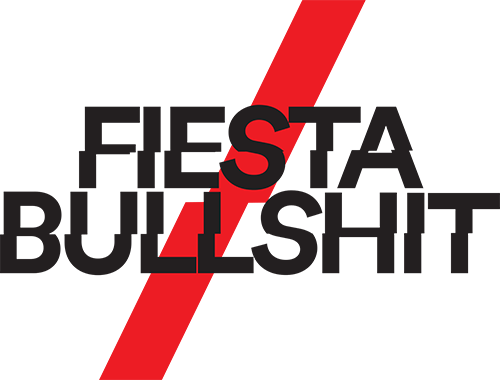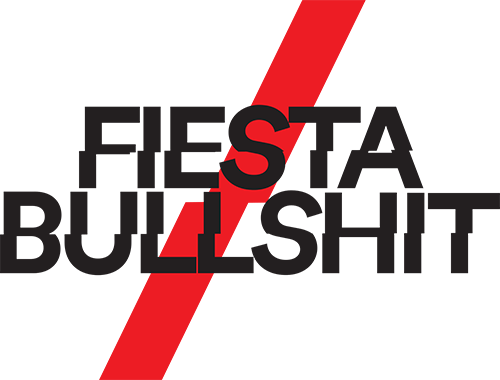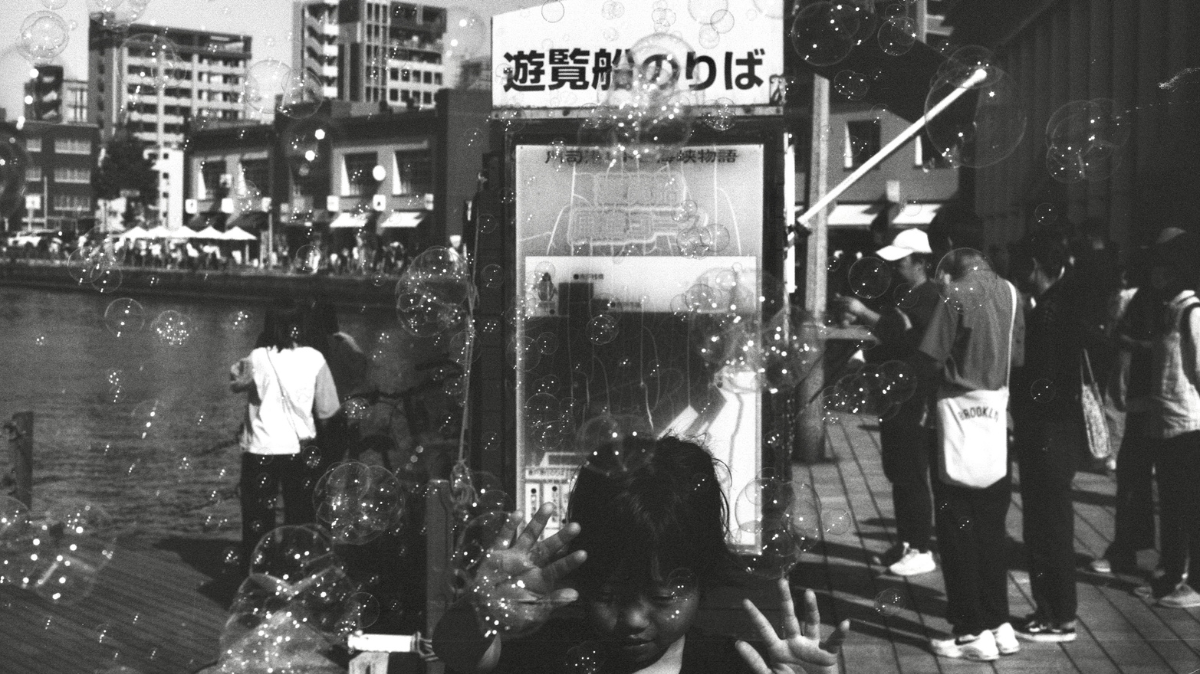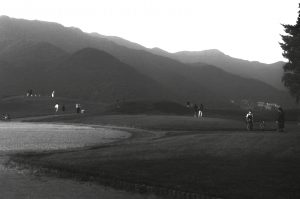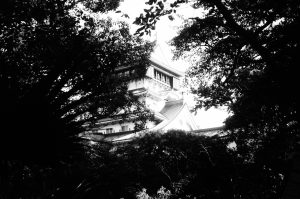NOWHERE-NOW HERE, HECTOR CASTELLS TRAVEL JOURNAL – CAPSULE IV
Now Here, Kytakyusha, Japan, October 2024
Death is lighter than a feather, but Duty is heavier than a mountain. Osamu Dazai
The Nippon Zen Master says that I must attend the wake. Full stop. She plays Stan Getz and Joao Gilberto to honour the departed Sensei of anarchy, provides me with a black tailored suit and shoes, and double checks the address. “Yes, bus number 4, 17 stops.”
I look like a funeral clown in an NBA jersey.
I ask what I should bring. She says apples and incense, and perhaps strawberries. She has some growing in her backyard and gives me a handful of tiny red hearts and a basket. I look like the Wolf impersonating Little Red Hoodie.
White S
I walk down the steep hill through one of its many vertiginous stone stairways. I encounter the snake after the first flight. It has white skin and pink eyes: it looks like the bastard child of Gollum and Mr Barnes, the Simpsons millionaire. It is not soothing.
In the country where I travel from, at least one ethnic minority believes that making eye contact with a snake is a bad omen —and a holy reason to go back to pandemic position… and pray.
I text the NZM and mention the reptile. She says “No way. We don’t have snakes here.” Sounds like the Irish miracle claiming that Saint Patrick vacuum cleaned the island of them all. I’m no Paddy, but then again I could be the Wolf’s worst nightmare. After the endless standoff, I show my yellow teeth and the snake fucks away like an albino Cleopatra on a Formula 1.
Bertrand Solved
I read Bertrand Russell at the bus stop. He writes about how he used to defy unconsciousness by giving himself a problem every night, before falling asleep, with the sole purpose of solving it in his dreams. It worked almost infallibly, like everything else Russell did.
Bus number 4 arrives sharp. I sit down, close my eyes, and set to fall asleep wishing to solve my dress-code issue. I woke up at the end of the line, which according to Google Fucked Maps is half an hour away from the wake. I’m the only passenger, like most Wolverines.
I feel relieved to have spared the sight of my conscious self to the passengers, until a new bunch of them gets in. They look at me in awe, except for the lady carrying a glass box with an enormous beetle inside. She asks if I’m okay in flawless English. I explain that I’m not Bertrand Russell and that I’m late for the wake. I show her the address and she says “I also get off there, I can walk you from the bus stop”.
I would hug her if it were appropriate. I’m about to ask if she would like a funeral strawberry and/or if there are snakes in Japan. She points at a bus sign that forbids talking while travelling.
I bow, open my bag and take out my aluminium water bottle. She points at the forbidding drinking sign. I remember seeing people doing it in trains, but trains are another business altogether, she’d say afterwards.
“Eating and drinking during short journeys is a sign of desperation and lack of self-control”: another civilization’s wet dream passing before our eyes.
I reflect on the abhorrent daily waste of humankind, the alleged species with a large brain and piano friendly hands that I used to belong to before becoming a wolverine.
Miracle Junction
Our stop sits on a desolate junction, a rare sight around here. There are four large abandoned buildings, two on each side.
“The first on your left used to be the public hospital before the nuclear attack, and the one on your right, a public school.” There is also a roundabout with a sculpture on it.
“Nagasaki wasn’t the target on the morning of 9th of August, 1945. They aimed to bomb Kytakyushu because of our steel factories. But it was cloudy here, so the fighter-bombers flew south instead. I would not be here if it weren’t for the clouds on that morning.”
I say I wouldn’t be here if my granny had not survived the Barcelona fascist bombing of 1938. I try to hug her, she moves back like an accomplished Cobra, and I see another white snake next to the roundabout’s sculpture. I point at it.
“The sculpture was erected in honour of the 300 people who died underneath it, where they had built a large underground bunker. They air-raided us after Nagasaki, although they didn’t use nuclear weapons.”
She hasn’t seen the snake, I wonder about their existence and she says that in Nippon land the common opinion is that “it is preferable to be bombed by the Americans rather than the Russians.” It is too late to say that I was talking about literal reptiles rather than human-like ones. I consider how you can possibly be grateful after the radioactive massacre of your loved ones.
“We believe that one nuclear attack was enough to make the point.”
“So Hiroshima is okay but Nagasaki over the line?”
“Exactly.”
Before leaving the roundabout I ask why the buildings are still standing. “To preserve the memory of the horror, and respect the ghosts of those who could not make it to heaven: there are dozens still floating around.”
Wake Up Call
I ask her name. Yoko. And what about the beetle?
“John is 84 and has never lost a fight.”
I’m dumbfounded. Yoko points at the other end of the street. There is a concentration of people dressed in black. The sun is falling at a 90 degrees angle. The beetle catches the sunshine in its scythe-like mandible, and projects the light back to the mourners of Anarchy.
We are all glowing biblically when Yoko hugs me.
“You shall show your condolences by giving them the beetle. Please, take John with you.”
I shake my head.
“Let me take you down, cause I’m going to,” sings Yoko.
We walk together towards the funeral suits. We bow and deliver the glass box, incense and fruits. The eldest daughter looks at Yoko and I, and seems to understand something that it will forever escape me.
Death is not the end.
Nothing is real but strawberries and John.
